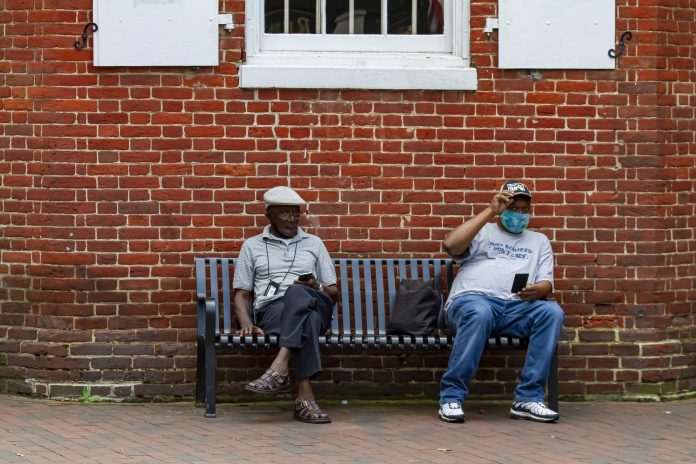Scientists, looking at the US population, reveal that racial disparities in vaccination have been an ongoing issue for the last ten years
Before COVID hit the country, 42,000 adults died from vaccine-preventable deaths every year. Now, the greatest threat is the pandemic – which is hitting ethnic minorities, socio-economically deprived communities and those with overlapping health issues, hard.
“Currently, the biggest public health concern we are facing is the COVID-19 pandemic, for which we now have safe and effective vaccines available in the USA,” said investigators Kosuke Kawai, ScD, Institutional Centers for Clinical and Translational Research, Boston Children’s Hospital and Harvard Medical School, Boston, MA, USA, and Alison Tse Kawai, ScD, RTI Health Solutions, Waltham, MA, USA.
“Unfortunately, as we observed for vaccines against influenza, pneumococcal, shingles, and Tdap, a combination vaccine that protects against tetanus, diphtheria, and pertussis, adults from racial and ethnic minorities have had lower rates of COVID-19 vaccine uptake.”
Black and Hispanic communities had lowest uptake
According to their research, racial disparities in vaccine uptake (including influenza, pneumococcal, shingles, and Tdap vaccinations) have persisted over the last decade in adults.
In January, small community-based drives to deliver COVID testing were successful in Latinx neighbourhoods of San Francisco. This kind of inter-community work appears to lead to results, suggesting there is a communication and trust barrier between authorities and ethnic minorities.
Black and Hispanic individuals had lower uptake of vaccination than white individuals. Socioeconomic disparities in influenza vaccine uptake have moderately narrowed among adults 18–64 years of age between 2010 and 2019, possibly because of the Affordable Care Act.
However, socioeconomic disparities in vaccine uptake have persisted among adults 65 years of age and older.
‘Reducing cost barriers’ crucial to protecting lives
“Although the COVID-19 pandemic is the primary public health concern at the moment, our findings also serve as a reminder of the importance of continuing to strive towards equity in immunization rates for vaccines against other vaccine-preventable diseases,” said the authors.
“More than 42,000 adults die from vaccine-preventable diseases in the US (not including COVID-19) every year. In addition to building trust and vaccine confidence through community engagement, reducing cost barriers especially for adults 65 years or older and implementing provider/patient reminder and recall systems using an Immunization Information System, could narrow the disparities in immunization rates.”











